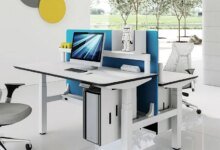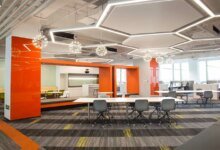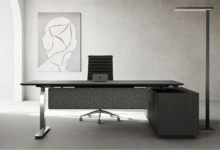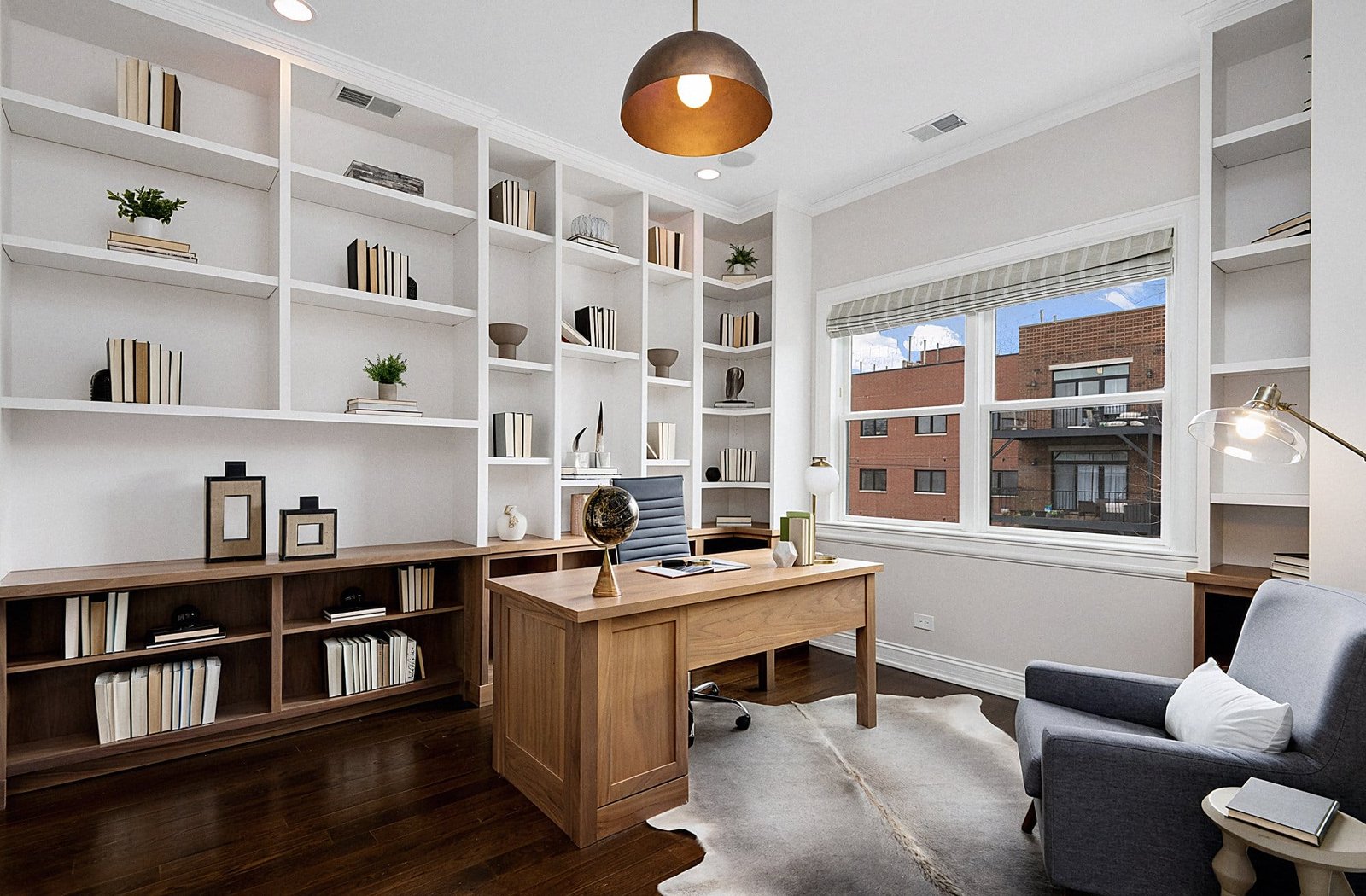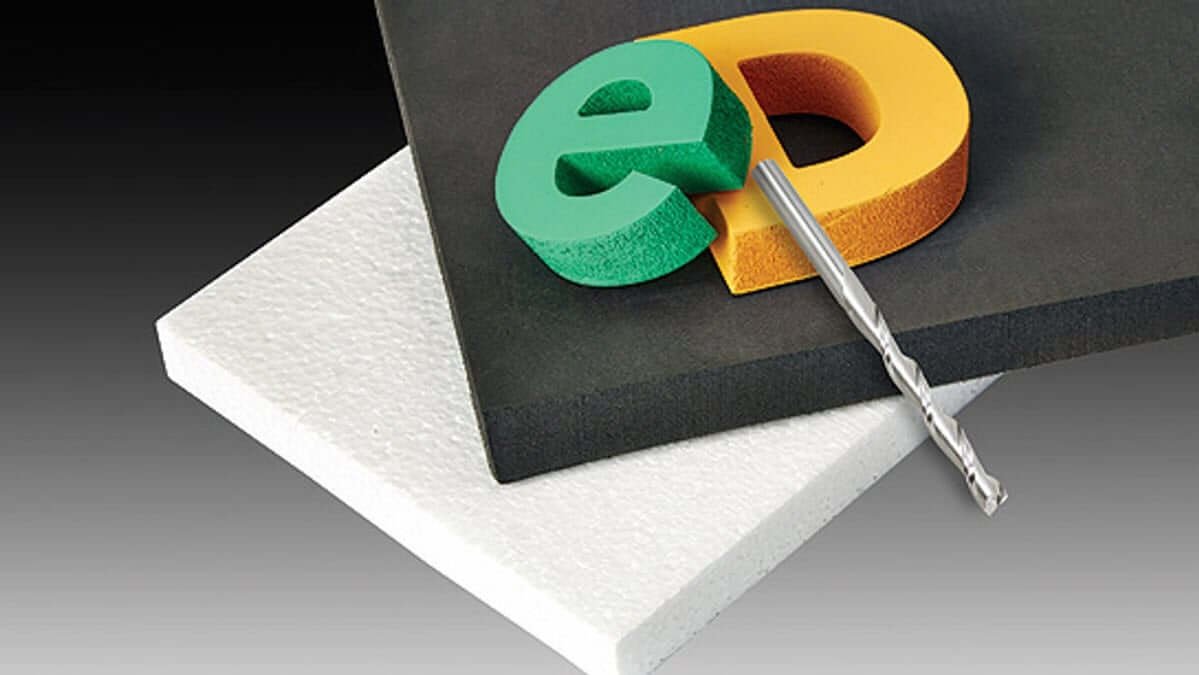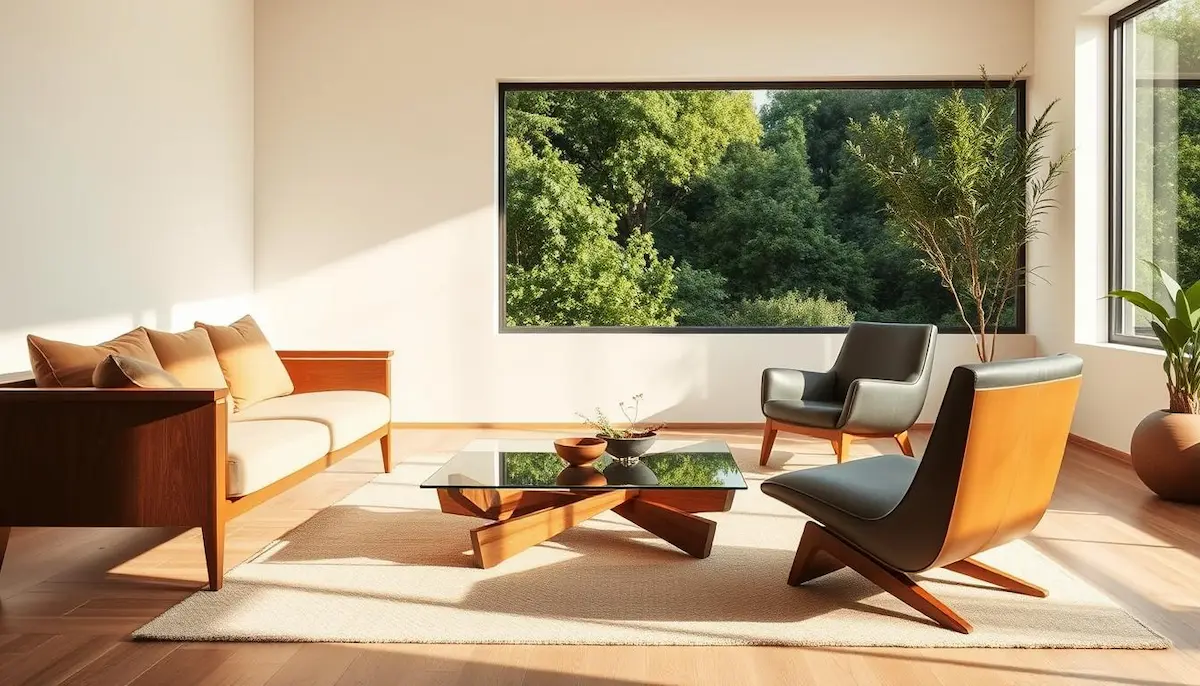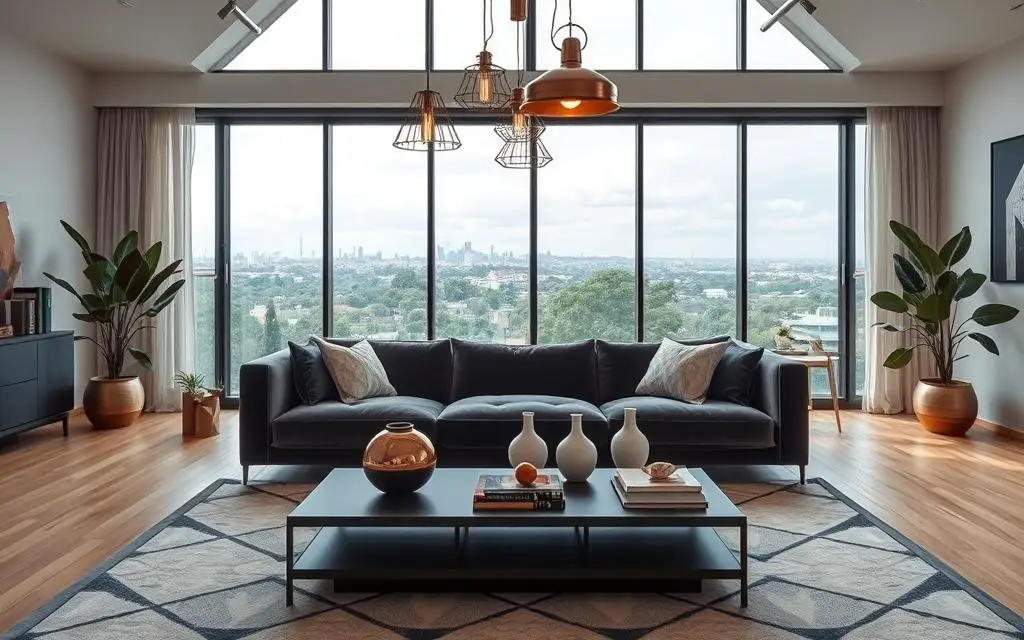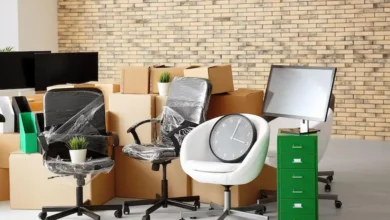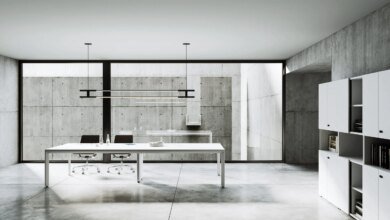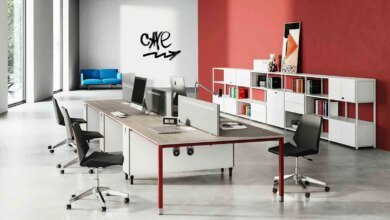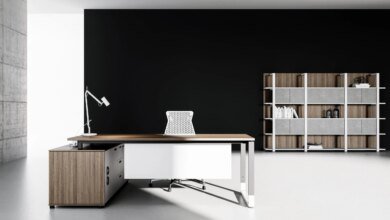Top office furniture trends that you need to know this year
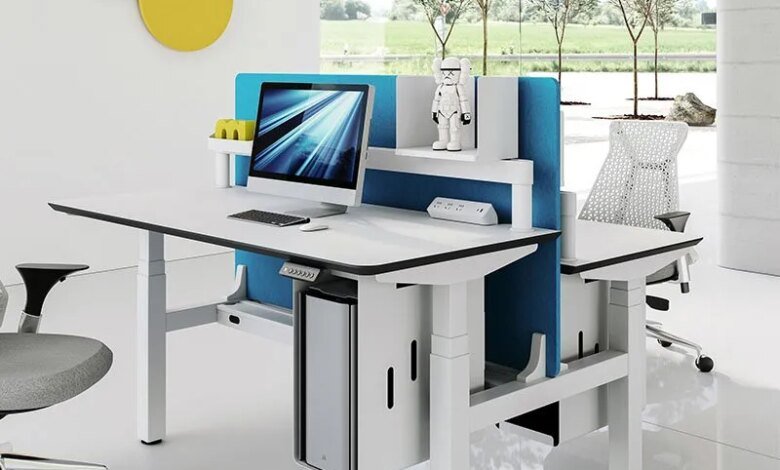
Modern workspaces continue to evolve — and so does office furniture design. In 2025, the focus is on ergonomics, sustainability, flexibility, and technology integration. Whether you’re designing a home office or upgrading a corporate workspace, these trends combine comfort, productivity, and environmental awareness.
1. Ergonomic Furniture (Including Sit-Stand Desks and Adjustable Chairs)
Why ergonomics is crucial:
Ergonomic furniture promotes employee health, reduces discomfort, and prevents long-term injuries — especially in the back, neck, and wrists. Research shows that poor posture during long sitting periods can cause musculoskeletal issues and lower productivity. Ergonomically designed office furniture encourages better posture, movement, and overall comfort.
Popular ergonomic furniture types for 2025:
- Sit-stand desks: Adjustable desks that allow sitting or standing positions remain highly popular. They help relieve back pain and promote a healthier working rhythm by allowing employees to switch postures during the day.
- Adjustable chairs: Chairs with lumbar support, height adjustment, and reclining features are in high demand to meet individual ergonomic needs.
How sit-stand desks are revolutionizing offices:
These desks reduce health risks linked to sedentary behavior. Studies show they improve focus, energy, and overall well-being when used regularly.
2. Sustainable and Environmentally Friendly Office Furniture
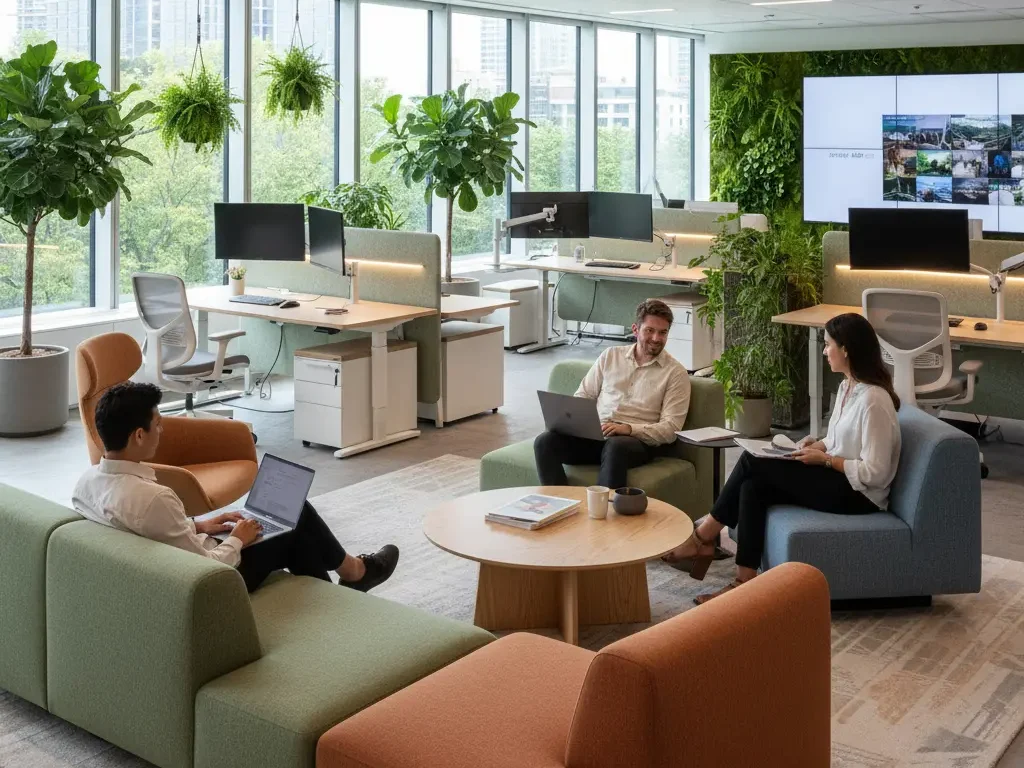
The growing demand for eco-friendly products:
Sustainability is now a priority. Businesses and individuals are increasingly choosing furniture made from renewable or recycled materials to minimize environmental impact and waste.
Trends in sustainable office furniture:
- Recycled materials: Furniture crafted from recycled plastic, reclaimed wood, or metal is gaining traction.
- Sustainable sourcing: Companies prioritize wood certified by responsible forestry and biodegradable materials such as cork and bamboo.
Examples of sustainable brands:
- Emsun: Offers modular, eco-friendly furniture systems made from recycled materials.
- Steelcase: Known for its commitment to sustainable production, with furniture designed for easy recycling at the end of its life.
3. Modular and Flexible Office Furniture
The rise of modular systems:
Modular furniture is popular for its adaptability. Desks, shelves, and partitions can be easily rearranged to meet changing office needs — ideal for dynamic and collaborative environments.
Advantages of flexibility in hybrid and co-working spaces:
Flexible setups support multiple work styles — from group projects to private focus areas. In hybrid workplaces, modular furniture accommodates shifting teams and layouts seamlessly.
Maximizing space efficiency:
Modular furniture allows quick reconfiguration when needed. For example, mobile desks and adjustable partitions make it easy to adapt offices without costly renovations.
4. Smart Office Furniture
Technology integrated into furniture:
Smart office furniture blends comfort with innovation — featuring built-in wireless charging, Bluetooth speakers, integrated lighting, and power outlets. These solutions make workplaces more connected and efficient.
How smart furniture increases productivity:
Smart desks can remember preferred height settings and even track sitting habits. This helps encourage healthy movement, reduce fatigue, and streamline workflow.
Examples of advanced smart furniture:
- Autonomous Desk: Features memory presets for sitting and standing positions, and tracks work and break times.
- Emsun’s Liberty Chair: A high-end ergonomic chair equipped with adaptive technology that adjusts automatically to the user’s posture.
5. Aesthetic Minimalism and Natural Materials
Why minimalism matters:
Modern offices embrace clean lines, uncluttered spaces, and natural finishes. A minimalist approach reduces stress and supports focus, while creating a timeless design.
Trending natural materials:
- Wood and bamboo: Bring warmth and organic texture to workspaces.
- Neutral tones: Shades of beige, gray, and white dominate 2025 designs, creating calm, professional environments.
- Green accents: Adding plants and biophilic design elements enhances air quality and well-being.
Conclusion: The Future of Office Furniture
The future of office furniture blends ergonomics, sustainability, flexibility, and technology. As hybrid work continues to grow, companies will invest in furniture that adapts to changing needs while supporting employee comfort and health. Choosing high-quality, modular, and eco-friendly pieces is no longer a luxury — it’s a strategic investment in productivity and long-term well-being.
❓ Frequently Asked Questions
What is the main office furniture trend in 2025?
In 2025, the biggest trend is smart and ergonomic furniture — combining technology with comfort for flexible work environments.
How can office furniture improve productivity?
Ergonomic and modular furniture supports posture, reduces fatigue, and allows teams to reconfigure spaces easily, boosting focus and collaboration.
Is sustainable office furniture worth the investment?
Yes — eco-friendly furniture reduces waste, lasts longer, and enhances brand image by reflecting environmental responsibility.
📚 Additional Resources
For more ideas on office furniture design, visit Better Homes & Gardens or ArchDaily for modern workspace inspirations.
Last updated on October 15, 2025


